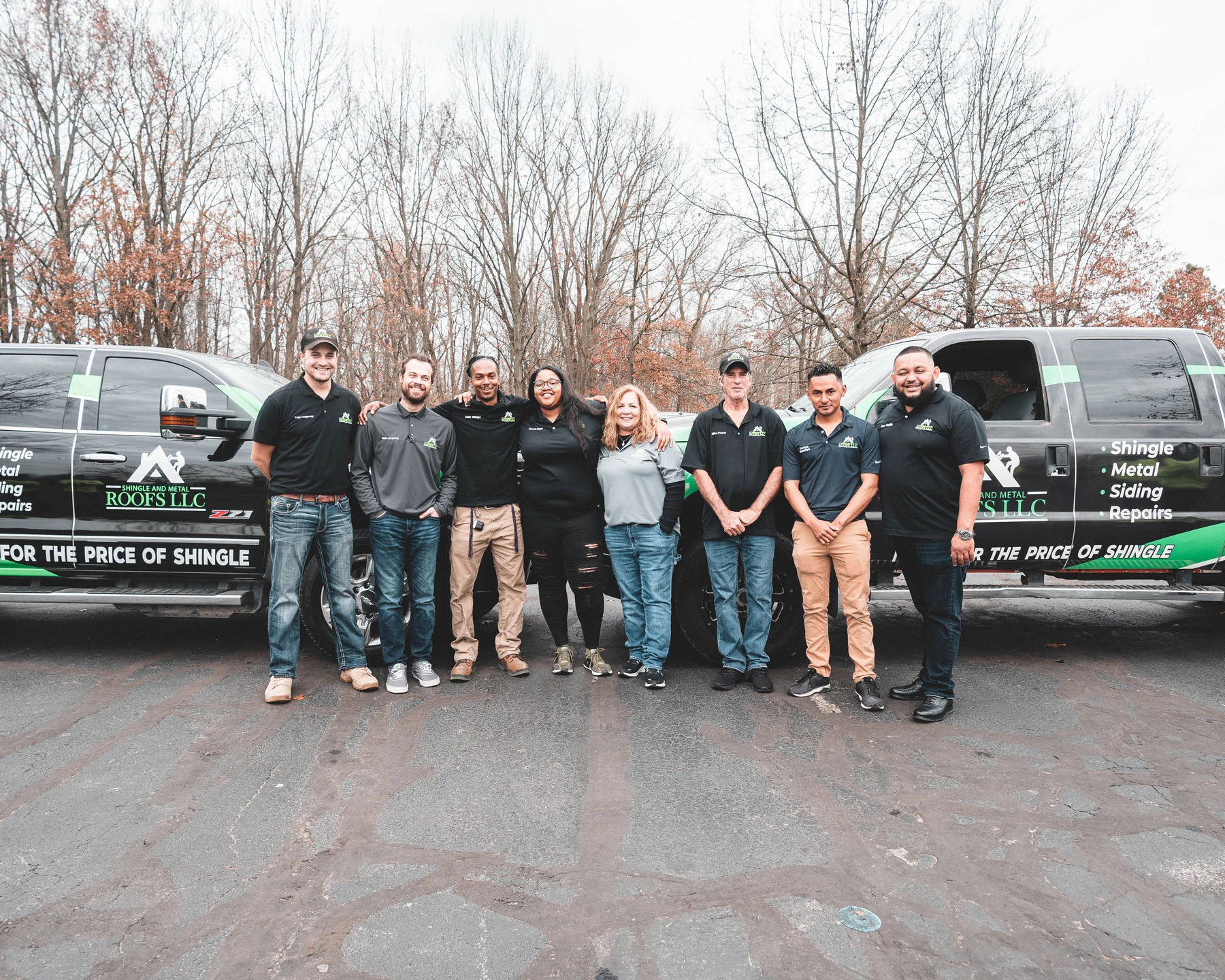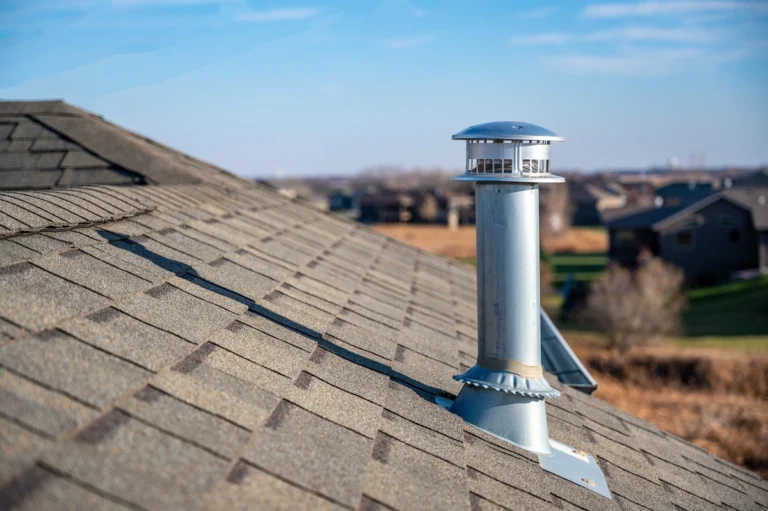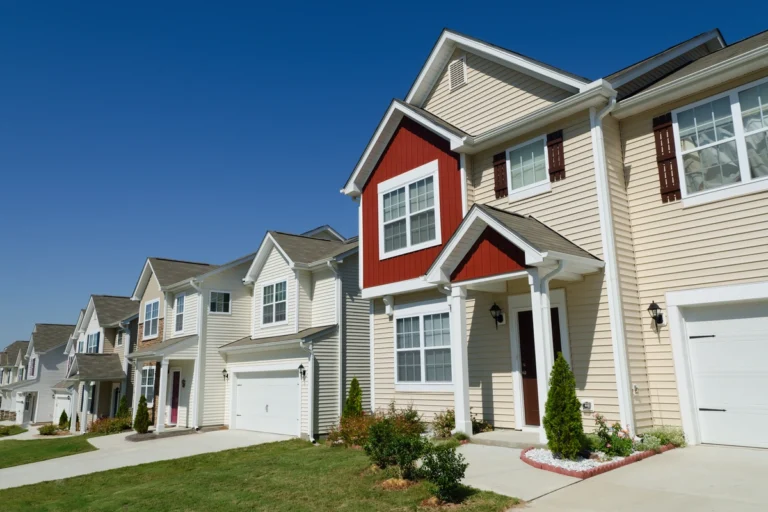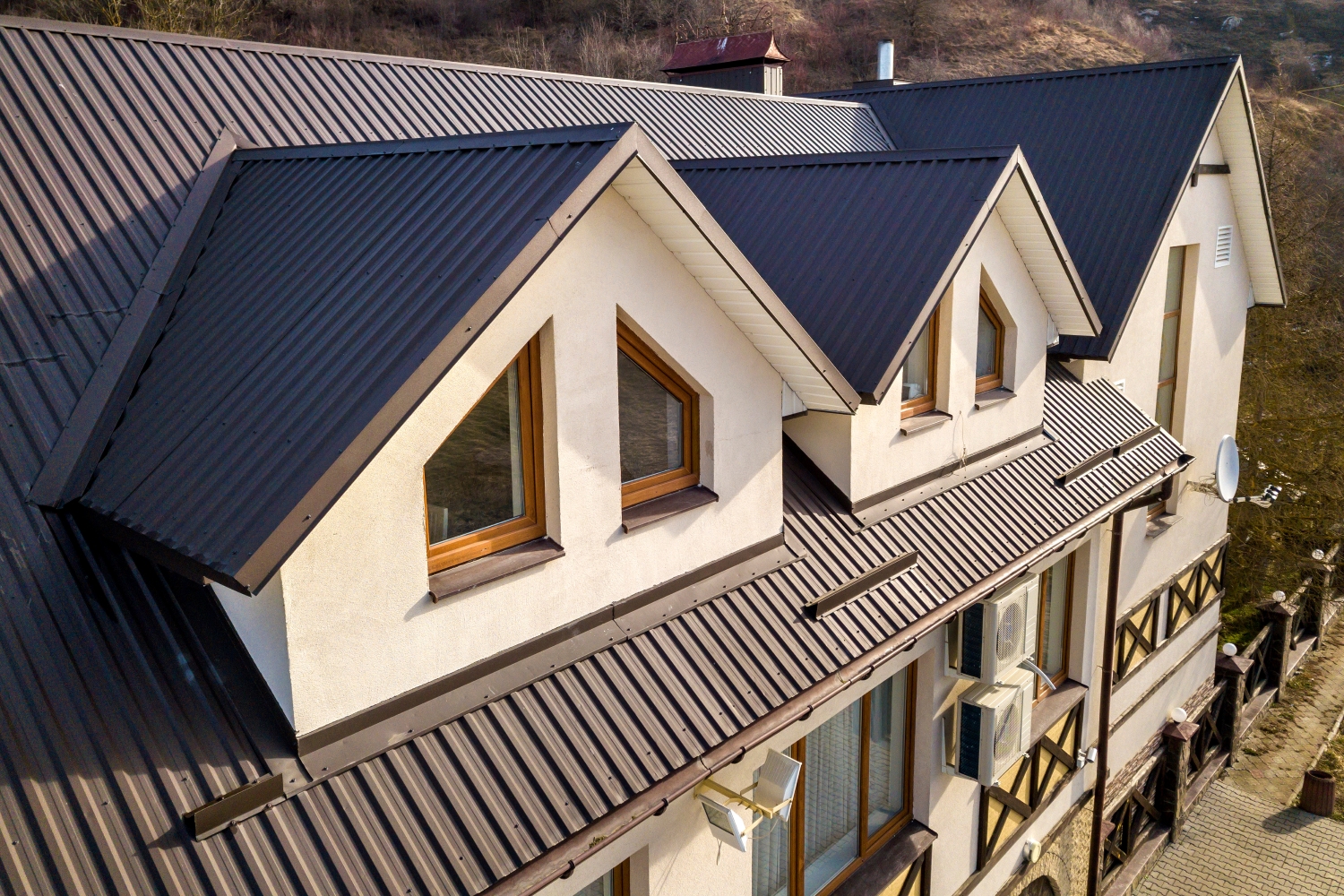
When considering a roofing material for your home, metal roofs stand out for their durability, energy efficiency, and aesthetic appeal. Here’s why a metal roof might be the perfect choice for you:
- Longevity: Metal roofs can last 40-70 years, far longer than traditional asphalt shingles.
- Energy Efficiency: They reflect solar radiant heat, which can reduce cooling costs by 10-25%.
- Durability: Metal roofs can withstand extreme weather conditions, including high winds and heavy snow.
- Eco-Friendly: Most metal roofing materials are recyclable, making it an environmentally responsible option.
However, installing a metal roof involves different considerations than traditional shingle roofing, particularly when it comes to selecting the right underlayment. The underlayment is a critical component of your roofing system, acting as a protective barrier against moisture and providing an extra layer of insulation.
Here’s what you need to know about metal roof underlayment options.
What Are the Types of Metal Roof Underlayment?
Several types of underlayment can be used under metal roofing systems, each with its own set of benefits and drawbacks. Choosing the right one depends on various factors, including your specific needs, budget, and local climate conditions.
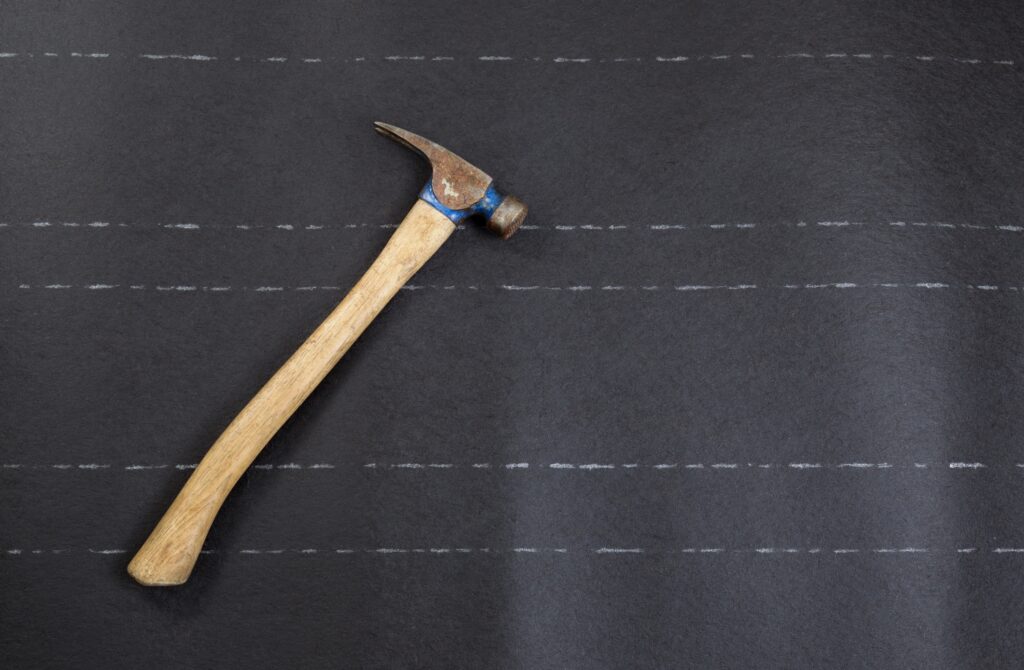
Felt Underlayment
Felt underlayment, also known as tar paper, is one of the oldest types of roofing underlayment. It’s made from a base of natural or synthetic materials that are soaked in asphalt to make them water-resistant.
There are several reasons you might want to use felt underlayment for your roof:
- Cost-Effective: Felt underlayment is generally less expensive than other types, making it a cost-effective choice for homeowners on a budget.
- Availability: It’s widely available and easy to install, which can lower labor costs.
- Water Resistance: While it offers some water resistance, felt underlayment can absorb water over time, which may compromise its effectiveness.
Felt underlayment is a traditional choice but may not always be the best fit for metal roofing due to its vulnerability to moisture and temperature changes.
Synthetic Underlayment
Synthetic underlayment is a newer option made from polypropylene or polyethylene. It’s designed to offer superior performance compared to traditional felt.
The benefits of using synthetic underlayment include:
- Durability: Synthetic underlayment is more tear-resistant and durable than felt, making it ideal for long-lasting metal roofs.
- Moisture Protection: It provides excellent water resistance, preventing moisture from penetrating your roofing system.
- Installation: It’s lighter and easier to handle than felt, which can speed up the installation process and reduce labor costs.
Synthetic underlayment is generally more expensive upfront but offers long-term benefits that make it a smart investment for your metal roofing system.
Peel and Stick Underlayment
Peel and stick underlayment is a self-adhering membrane that provides an excellent barrier against water and moisture. It’s made from rubberized asphalt or butyl-based adhesive covered with a protective layer.
The highlights of peel and stick underlayment are:
- Superior Adhesion: This type of underlayment adheres directly to the roof deck, providing a watertight seal that prevents leaks.
- Easy Installation: The peel-and-stick application makes it easier to install, reducing the need for mechanical fasteners.
- Weather Resistance: It offers excellent protection against extreme weather conditions, including heavy rain and high winds.
Peel and stick underlayment is often considered the best option for metal roofs, but it comes at a higher cost compared to other types.
How to Choose Your Underlayment
Selecting the right underlayment for your metal roof involves considering multiple factors, including cost, durability, and the specific needs of your climate. Here are some steps to help you make an informed decision:
- Evaluate Your Climate: If you live in an area prone to heavy rainfall or extreme weather, opt for underlayment that offers superior moisture and weather resistance, such as synthetic or peel and stick options.
- Consider Your Budget: While felt underlayment is the most cost-effective, investing in synthetic or peel and stick options can offer long-term savings through improved durability and performance.
- Assess Installation Requirements: Some underlayments are easier to install than others, potentially reducing labor costs.
- Think About Longevity: If you plan to stay in your home for many years, investing in a high-quality underlayment can save you money on repairs and replacements down the road.
Key Questions to Ask Yourself:
- What is my budget for roofing underlayment?
- How important is moisture and weather resistance for my home?
- What are the local climate conditions that could affect my roofing system?
- How long do I plan to stay in this home?
- What are the installation requirements and associated labor costs for each type of underlayment?
Underlayment Cost Comparison
Understanding the cost implications of each type of underlayment can help you make a more informed decision. Here is a basic cost comparison for the underlayment options discussed:
- Felt Underlayment: The least expensive option, typically costing between $0.15 to $0.30 per square foot. However, it may require more frequent replacements, adding to long-term costs.
- Synthetic Underlayment: More expensive upfront, ranging from $0.50 to $0.75 per square foot, but offers better durability and performance, reducing long-term costs.
- Peel and Stick Underlayment: The most expensive option, costing between $1.00 to $1.50 per square foot. While the initial investment is higher, it provides the best protection and can save you money on repairs and maintenance.
Find the Best Underlayment for You
Choosing the right metal roof underlayment is a crucial step in ensuring the longevity and performance of your roofing system. Each type of underlayment offers its own set of benefits and drawbacks, so it’s essential to evaluate your specific needs and budget carefully. By understanding your options and making an informed decision, you can protect your home and enjoy the many benefits that come with a well-installed metal roofing system.
While this guide provides a comprehensive overview, consulting with an experienced roofing contractor can provide additional insights tailored to your home’s unique requirements. For expert advice and to see which underlayment material is best for your next roofing project, contact Shingle and Metal Roofs today.

